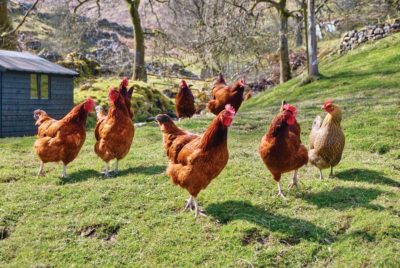


Consequently, new standards were established to allow for the use of enriched colony cages ( Wegner, 1990 Appleby and Hughes, 1991 Appleby, 2003). The public, with support from some members of the scientific community, demanded the ban of conventional battery cages, such as those used in the commercial egg laying industry. More recently for layers in egg production, public opinion has determined conventional cages to be detrimental to animal welfare ( Grandin, 2014 Thaxton et al., 2016 Shields et al., 2017). farmers raised livestock in conventional cages. Whereas pasture-raised, a term not regulated by the USDA, involves birds reared in a system that allows for at least 108 square feet of space outdoors and some sort of shelter ( Rothrock et al., 2019). Free-range poultry are poultry reared in a system that allows limited access to the outdoors and is regulated by the United States Department of Agriculture ( USDA). Although free-range and pasture-raised terminology are commonly used interchangeably, these systems by definition are different. These alternatives could enhance both economics and sustainability in organic and free-range poultry production.Ĭonventional large scale poultry operations remain the mainstay for commercial production of poultry meat however, consumer preference has demanded poultry producers develop other production systems such as free-range and pasture-raised systems that allow poultry to be reared in less confined spaces with access to the outdoors ( Ricke, 2017 Shi et al., 2019 Ricke and Rothrock, 2020). The review also highlights the need for potential interventions to limit diseases without using antibiotics. Various research efforts will be discussed that illustrate the nutritional value of free-range forages and how forages could be beneficial to animal health and production of both meat and eggs. The present review describes current research results in alternative systems by identifying how different poultry production operations (diet, environmental disruptive factors, diseases) impact the ecology and health of the GIT. Although operations allowing access to the outdoors are still only a small portion of commercial poultry production, it may impact the gastrointestinal ( GIT) health of the bird in different ways than birds raised under conventional management systems. One of the greatest changes to poultry production standards is now offering poultry limited access to the outdoors in alternative and organic poultry production operations. Due to consumer demand and changing welfare standards on health, ecology, equity, and safety concepts, poultry production has changed markedly over the past 20 y.


 0 kommentar(er)
0 kommentar(er)
